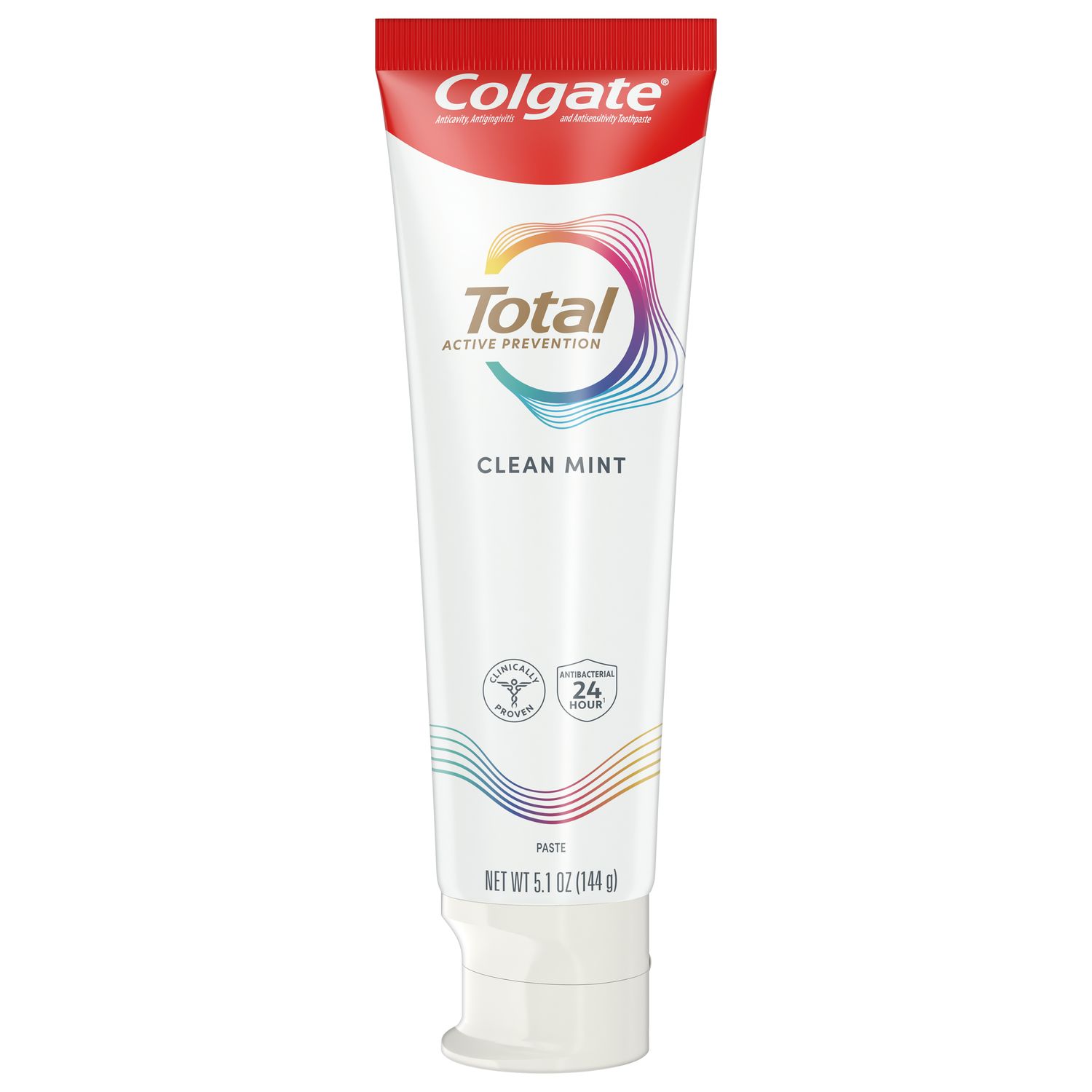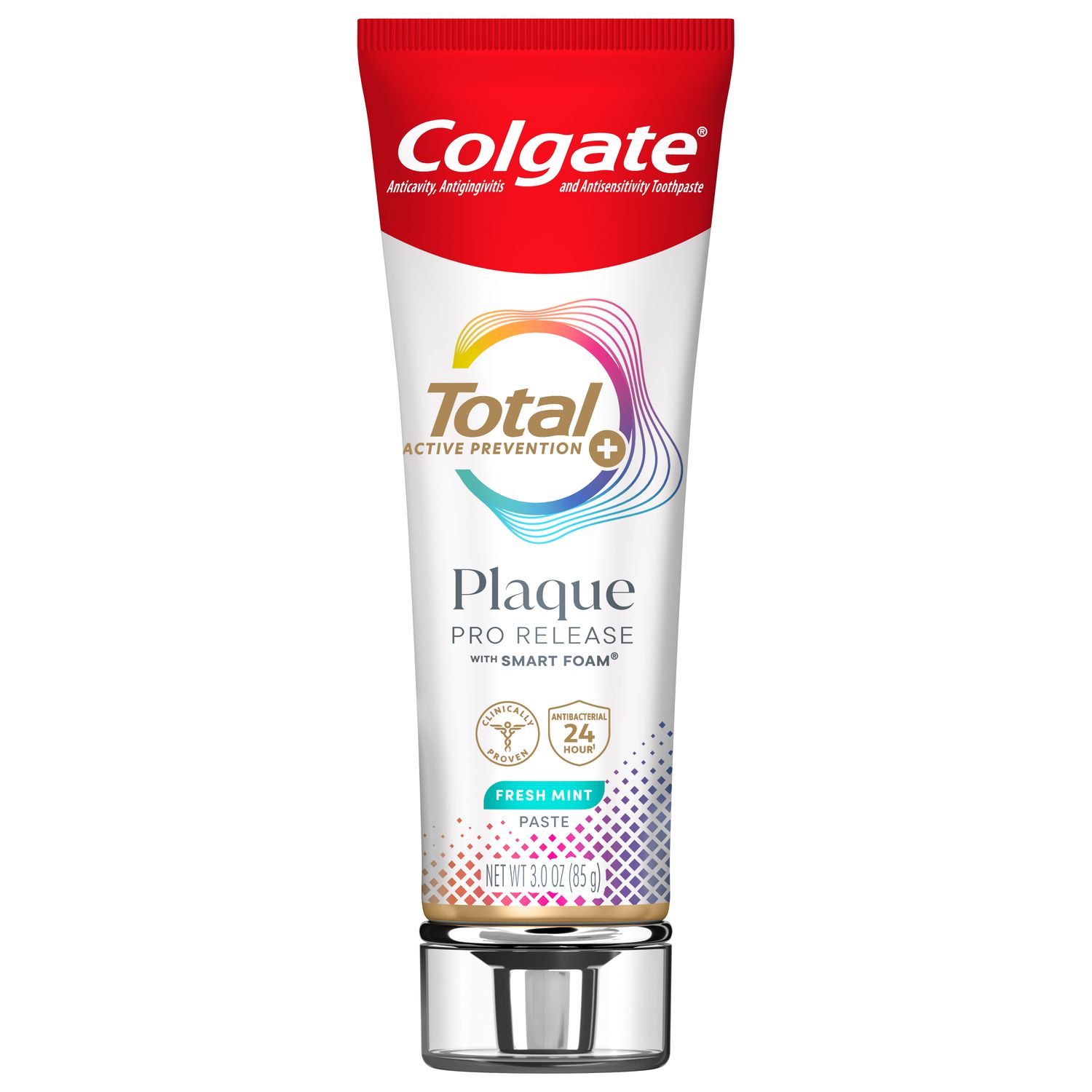
Many patients come to dental offices with gingival inflammation, and may have bleeding gums. How can we get our patients to understand that the blood in the sink is a sign that their gums aren't healthy, and to be more proactive with their oral health? There are many tools, resources and products available that dental hygienists can review and recommend to patients.
Gingivitis: It's an Infection
Patients first need to understand that gingivitis is an infection of the gingival tissue. Many patients don't think of bleeding gums as an infection, but an analogy sometimes helps to explain it to them: If patients had cut their arm and noticed redness and bleeding around the wound, they might deduce it's infected and see a physician. Just as a physician or nurse cleans and dresses an infection elsewhere in the body, gingivitis can be treated in the dental office before it could progress to periodontal disease (or in some cases resolved at home with proper home care based on your advice). Patients should also be advised that gingivitis could worsen and become periodontal disease if good habits and recommendations are not followed. Linking patients' current systemic conditions to oral health can help them understand the risk factors that periodontal disease may represent for the rest of their bodies.
How to Help Patients Care for Their Gums
Gum Health Physical (GHP) is an interactive digital tool that educates patients about their gum health. GHP is a free, easy-to-use, online tool that can be accessed on a PC or tablet chairside to create a personalized report. GHP creates a summary of recommendations for each patient that can be printed out or shared over email.
Consider printing two copies of the report: one for patients to hang on their bathroom mirror, and one for them to keep in the car to use when shopping for dental products. GHP also gives dental professionals the option to save a PDF of patients' reports in their electronic files, which allows for a convenient record of gum health discussions that you have had with your patients.
The patient education section of GHP is a feature that's especially beneficial to patients. They can manipulate an interactive mock depth probe to look at the differences between healthy gums, gingivitis and periodontal disease. It's even possible to pull up the interactive probe and show it side-by-side on a computer screen with a patient's recent probing depths. There are also instructional videos that can be emailed alongside customized reports. GHP educates patients regarding their gingival inflammation and gives them a take-home way of remembering instructions from their hygiene visits. Knowledge is key to improving patient compliance and motivating patients to take charge of their gum health.
Other Chairside Tips
It helps to remind patients to brush thoroughly twice a day to help maintain gum health, and to follow up with a mouthwash like Colgate Total Advanced Health as indicated.
Here are other tips you can employ during appointments to help the importance of gum health hit home with patients:
- Sit patients up when discussing home care, product recommendations and research. When patients remain lying down in the chair and not upright, it can make them feel vulnerable.
- Try not to discuss oral health concerns while using your ultrasonic scaler, suction or a handpiece as these all result in noise and can cause distraction.
- Help patients set achievable care goals to work toward improved oral health.
- Follow up with patients between appointments to see if they are meeting their goals, were able to find the products you recommended or have any questions.
Research and Products
Two more important ways dental hygienists can help their patients is by building trust and recommending the best products they can use at home. Keep up with the latest research on gum health by regularly checking out information from organizations like the American Dental Association, American Dental Hygienists' Association, American Academy of Periodontology and the European Federation of Periodontology. When you're able to explain gum disease in-depth to patients should they be interested in more details, they will respect your knowledge and trust your facts.
You can arm patients with the facts in the office, but if they don't have the rights tools at home, they may not be able to follow up with your instructions. Recommending appropriate products and checking that they were able to purchase them and use them is key to their success.
Takeaways
- Teach patients to recognize bleeding gums as a sign of disease and the importance of gingival health.
- Use GHP to help patients understand their risk factors and care plans.
- Remind patients that periodontal disease not only affects their oral health, but may affect their systemic health too.
Why It's Important
Providing patients with evidence-based care and recommendations that they follow can help them improve their oral health. Blood isn't just pink in the sink, it's a sign of infection — and GHP and other tools are there for you to help educate your patients.
Join us
Get resources, products and helpful information to give your patients a healthier future.
Join us
Get resources, products and helpful information to give your patients a healthier future.













